Coco Lounger beach house white belongs in contemporary living spaces with its iconic form and comfortable nest for baby formed in baltic birch bentwood.
0-3 months
As newborns, babies start by typically seeing within 8-10 inches from their face and responds to high contrast objects (mainly black and white). Therefore in this stage the bouncer should be within a foot from what you’d like baby to see (i.e., toys, family members, etc.) It is important for the baby to be engaged in all visual fields to continue to entice them to move their eyes and their necks in all directions, as well as to change the location of the bouncer so that babies don’t essentially get “stuck” in just looking at mom/dad always toward one side.
When sitting in the bouncer at this age, human interaction is the best! Talk, sing, and read with your babies…it’s never too early to read to them! Start to engage them with small rattles as they will start to grasp them toward the end of 3 months. Of course tons of activities to do outside of the bouncer, including tummy time as the number one priority!
4-6 months
You can start to hang toys from a toy bar around 3-4 months. Toward the 6-month range, as their fine motor skills are rapidly improving, babies will want to manipulate toys, rather than bat at them.
At 6 months infants begin to get mobile and responsive to surroundings and are able to see most colors and details in their environment. Games of interest at this stage include bubbles, peekaboo, transferring objects between hands (i.e., a ball), and using board books (storytime!). When in a supported chair (i.e., a highchair) or the Coco Go in the upright stationary seat mode, you can challenge their visual motor skills with simple rolling of balls and cause-and-effect toys. This is also a great age to introduce sign language, as babies are capable of imitating already!
6-9 months
Our babies are now moving around and navigating their environment! Babies in this age are crawling, sitting up independently, and starting to cruise on furniture and really building those leg muscles. They can also pick up small objects using pincer grasp (taking things between their thumb and forefinger). Hide-and-seek and musical toys and instruments can enhance the child’s hand control.
9-12 months
At this stage, babies are using the pointing gesture to communicate their interests and desires. They will also begin to proactively engage in their surroundings. They’ll use their hands to grab small objects and eat finger foods, mainly through pincer grasping.
- curved, single-piece baltic birch wood frame with plush, cotton baby-facing seat pad with polyester rear lining
- formed in pressed wood
- smooth, self-rocking motion
- adjustable 5-point padded safety harness
- no assembly required
- suitable from newborn to 12 kg/25 lbs
- manufactured to conform with globally recognized safety standards and norms
- low voc baby safe finishes, formaldehyde-free adhesives, mdf-free
- additional seat pads can be purchased separately as accessories

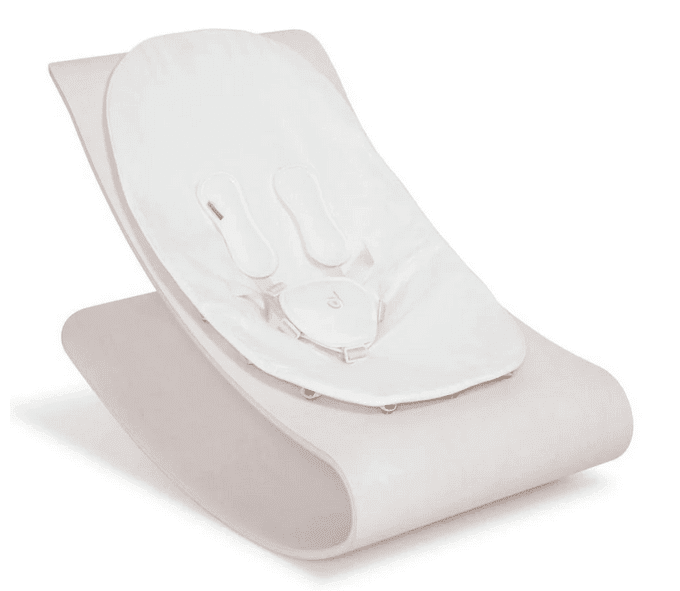
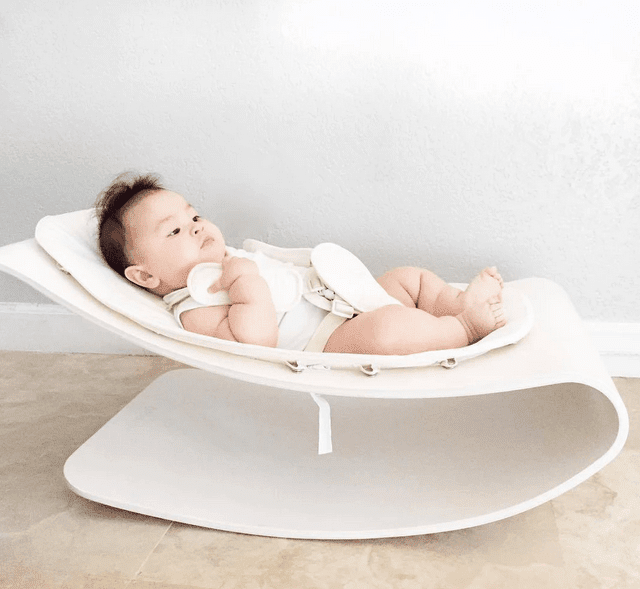
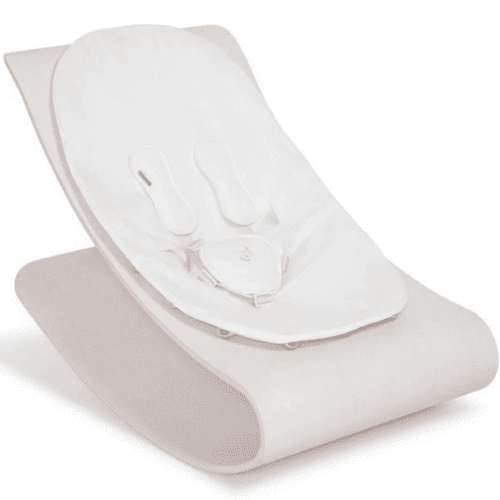
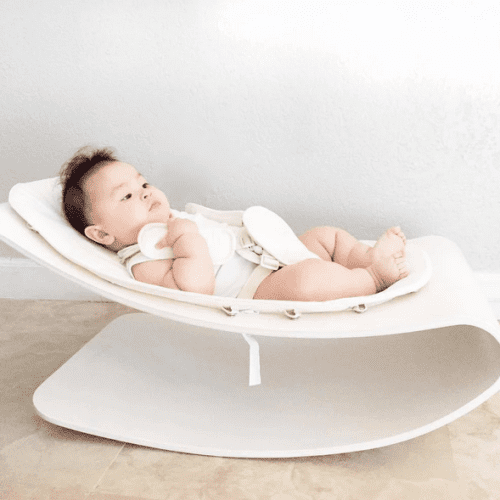

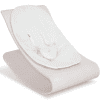
Reviews
There are no reviews yet.